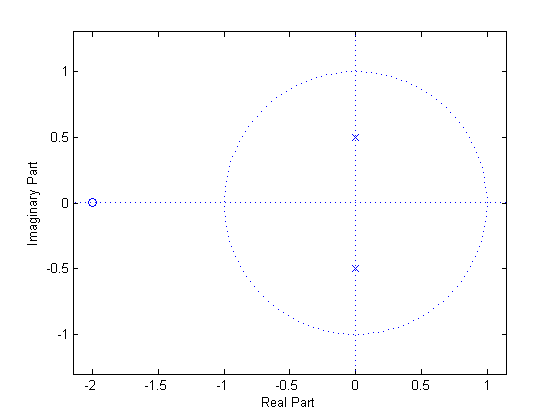
In control systems, pole-zero cancellation might sound like an easy fix to simplify things. The idea is that if a pole (representing something that makes the system unstable) and a zero (which neutralises the pole) cancel each other out, the system should become stable. While this looks good on paper, in reality, it doesn’t work as perfectly as we would hope.
Why Perfect Pole-Zero Cancellation Doesn’t Work
The main reason why pole-zero cancellation fails is that mathematical models used in control systems are just approximations of the real world. These models try to represent complex systems in a simplified way, but no matter how accurate they are, they can never perfectly capture every detail of the actual system.
When we design a control system based on these models, we assume that a pole and zero will exactly cancel each other out. However, in the real world, there are always small variations and uncertainties – whether due to temperature changes, wear and tear, or other environmental factors. These small differences mean that perfect cancellation rarely, if ever, happens. So, even though the math suggests the system should be stable, in practice, residual effects of the pole may remain and cause instability later.
The Risk of Internal Instability
When pole-zero cancellation is applied, the system might appear stable for some time, but it is vulnerable to internal instability. Even a small disturbance, such as noise in a feedback loop, can prevent the cancellation from happening perfectly. This hidden instability can build up over time and lead to the system becoming unstable.
Instead of truly solving the problem of instability, pole-zero cancellation can give a false sense of security. The system looks good on paper, but when real-world factors come into play, the cancellation may fail, leading to system failures or performance degradation.
Practical Alternatives
Given that perfect pole-zero cancellation is not reliable, control engineers often turn to other methods to ensure stability. One common approach is pole placement, where poles are carefully positioned to ensure the system is naturally stable without relying on zeros to cancel them out. Another approach is to design the system with robustness in mind, so that it can handle small errors and variations without becoming unstable.
Conclusion
In theory, pole-zero cancellation seems like an attractive way to simplify control systems. However, since mathematical models are only approximations of the real world, perfect cancellation is almost never achievable in practice. The risks of internal instability and imperfect cancellation make this approach unreliable. Instead, focusing on robust design and methods like pole placement is a safer way to ensure system stability. So, pole-zero cancellation? Umm, NO.
References:
Subscribe to Eigen Letters for more such content!